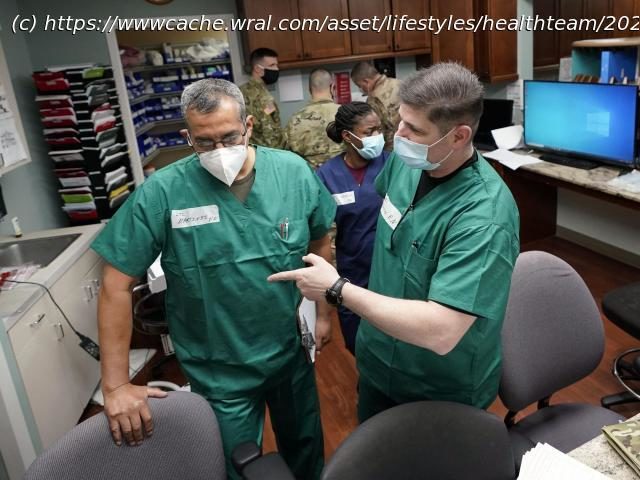A fast-rising tide of new coronavirus cases is flooding emergency rooms in parts of the United States, with some patients moved into hallways and nurses working extra shifts to keep up with the surge.
A fast-rising tide of new coronavirus cases is flooding emergency rooms in parts of the United States, with some patients moved into hallways and nurses working extra shifts to keep up with the surge.
Patients struggling to breathe are being placed on ventilators in emergency wards since intensive care units are full, officials say, and the near-constant care they require is overtaxing workers who also are treating more typical ER cases like chest pains, infections, and fractures.
In Texas, Dr. Alison Haddock of the Baylor College of Medicine said the current situation is worse than after Hurricane Harvey, which swamped Houston with floodwaters in 2017. The state reported a new daily record for virus deaths Friday and more than 10,000 confirmed cases for the fourth consecutive day.
“I’ve never seen anything like this COVID surge,” said Haddock, who has worked in emergency rooms since 2007. “We’re doing our best, but we’re not an ICU.”
Patients are waiting “hours and hours” to get admitted, she said, and the least sick people are lying in beds in halls to make room for most seriously ill.
Around Seattle, which was the nation’s first hot spot for the virus that causes COVID-19, a new wave of patients is showing up at emergency departments, said nurse Mike Hastings.
“What’s really frustrating from my side of it is when a patient comes into the emergency department, and is not really having symptoms of COVID, but they feel like they need that testing,” said Hastings, who works at an area hospital and is president of the Emergency Nurses Association. “Sometimes we’re not able to test them because we don’t have enough test supplies, so we’re only testing a certain set of patients.






